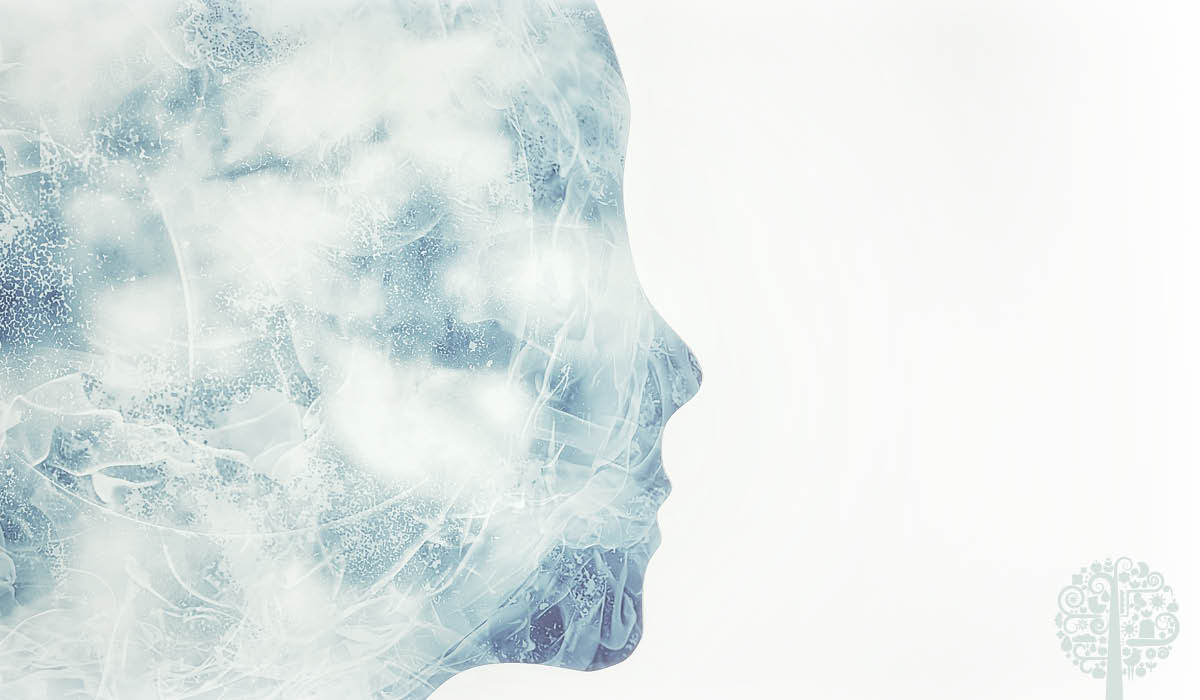To Use or Be Used By Technology?
If you live in the modern world, technology is a big deal. This becomes obvious when you lose your phone and need an important phone number or when your WiFi stops working on a work deadline. But most of the time, technology is so close that we take it for granted.
There is a genuine mystery to technology. The frequencies that make it work are invisible and have a magic quality that is all-powerful and capable of coordinating the entire world. Of course, only certain people have access to these frequencies, but the story goes that it didn’t need to be this way.
A Man Before His Time
Nikola Tesla (1856-1943) was arguably the greatest inventor of all time. He was a man before his time, as he was known to say, “If you want to find the secrets of the universe, think in terms of energy, frequency and vibration.”

At the turn of the 20th century, Tesla was working on a free energy machine that would have made electricity available to everyone at no charge. JP Morgan funded the initial stages of the project but ultimately pulled the plug when he discovered Tesla’s altruistic ambitions. Getting taken advantage of by corporate interests was a theme of Tesla’s life. He called these gatekeepers “ignorant, unimaginative people, consumed by self-interest” that sought to protect the immensely profitable low-tech industries like coal and oil that already controlled the energy market. Not much has changed.
How We Use Technology
We can use technology for good or for bad. We can build technology to empower and inform or leverage it for power and surveillance. Often, the distinction is blurred by corporatism and the vicious pursuit of profit that leaves good intentions in its wake and a haze of convenience and advertising. Technology is the realm of the shyster.
Here is an example of this reality – using the internet. If you use a typical mainstream web browser, you may get to use the web browser for free, but your information is sold to advertisers in return for profit from your attention. Compare this to the Brave web browser that uses a cryptocurrency called the Basic Attention Token (BAT) to recalibrate this extractive posture to put the user in control. When you use Brave, instead of the user seeing advertising without choice, you can opt-out of advertisements altogether, and if you choose to opt-in, you get paid in BAT for your involvement. This is how the internet looks when it is built for people, not just profit.
Billionaires are taking leisure flights to space, and most who live in urban areas have a smartphone in their pocket estimated to be 120+ million times more powerful than the computer that sent us to the moon. Technologically, we are more advanced than any civilization in the history of Earth, but in all of our brilliance, we are actively undermining ourselves.
It’s Everywhere
Technology is the sum of techniques, skills, methods, and processes used in producing goods or services or in the accomplishment of objectives. Technology can be the knowledge of practices or procedures, or we can embed it in machines.
Technology is everywhere, and we are becoming more reliant on it by the day, especially during the Covid moment. The lockdown resulted in drastic increases in remote activity; according to a study published in December 2020, data usage services rose 47% compared to pre-lockdown levels, and video-conferencing services like Zoom saw a ten times increase in usage. Given our increasing reliance on technology, we must perform a deeper evaluation of its role and purpose in our lives.
The question becomes, are we going to use technology to lift humanity, or will we allow ourselves to be used by technology?
Increasingly, the mechanical is being left without a moral component. We are not even having a conversation. We are on the doorstep of technologies such as 5G, artificial intelligence (AI), and quantum computing, delivering us into an age that will transform our socioeconomic fabric and make the internet revolution look like child’s play.
To accomplish the moral component of technology and finally reckon with its mysteries and impacts, we must be mindful of the spiritual nature of our humanity. We must imagine ourselves as more than merely material beings. Otherwise, we become completely consumed and defined by materialism alive in our age.
The Fourfold Spiritual Being
An effective way into this concept is Rudolf Steiner’s construct of the fourfold spiritual being. The most apparent realm is the mineral kingdom. It is dead, inanimate – a stone cannot move unless an external force is applied. It is a physical structure only, without a life of its own; consider the body’s skeleton. Steiner called this the “physical body”.
The plant kingdom best exhibits the next life level. Clearly, the plant has a physical body, but it grows up against the force of gravity, it possesses a life force that enables it to develop, live, and consume its surroundings to produce life. Steiner named this the “etheric body”.
Animals have a physical body and an etheric body but differ in that they achieve a certain level of conscious awareness. They have feelings that express themselves through dreams, drives, desires, pain, and pleasure. We can say, then, that animals are not only alive but ensouled beings with instincts and feelings. Steiner referred to this as the “astral body”.
Human beings share with all three kingdoms of Nature a physical body, etheric body, and astral body – but the human being is unique. We are not animals; we are humans – we have an ego or the aspect of the human being, which gives us our identity, capacity for reflection, and self-awareness.

Animals are molded by their environment according to Darwinian evolution. But humans flip that script, and through our higher conscious awareness, manipulate the environment instead. If we live in colder places, we are not selected to have more fur; we put on a coat. In other words, we do not evolve; we egolve.
When we say “I”, we can only be referring to ourselves as individuals, not to anyone else. The power of this individual ego enables humans to walk erect, speak and think, be creative, and develop – and also to destroy – civilizations. Egolution enables us to enter into the spirit of things in a unique way among living beings, evidenced by our biologically imbalanced global population and the artistic and social achievements of humanity.
The human being has specific capacities which animals lack. For example, foxes use the same technique as their ancestors did for catching chickens, and birds build their nests the same way they have always done. They do not look back upon their history and apply what they have learned to update their techniques. Animals operate with a group soul, they do not participate consciously in the process of their own development and evolution.
The major distinction between human beings and animals is the ability of the human being to think as an individual, but also to build on this level of consciousness to invent and develop new ways of doing things. Animals may build tools, but humans develop the technology.
Essential Questions
Technology relieves us of the drudgery of labor, whether muscular or mental. As technology emancipates us from labor and assuming we can come to grips with the social and political disruption resulting from the paradigm shift underway, we come to the question regarding the meaning and potential of our humanity. Do we believe in abundance? What does technology, as our creation, tell us about who we are and the meaning of our lives? Will we reach a point where we can no longer control technology? Will we, in the future, still be able to experience the difference between an artificial and an authentic soul?
Technology has evolved from tools that “extended” the physical body as hammers or arrows, replacing beasts of burden with combustion engines, and modern robotics and artificial intelligence. What’s next? And who will decide if this is good?
These are important questions, but they are questions that are not being asked in important places. There is a more profound way to view our relationship with technology. How can we understand technology from a spiritual point of view?
A Spiritual View
Here, we can again lean on Steiner. In his lecture, The Challenge of the Times delivered in Dornach, Switzerland in 1918, he describes a capacity to control machines that he called “mechanical occultism”, “…solely by means of certain capacities that are still latent but evolving in man, and with the help of the law of harmonious oscillations, machines and mechanical constructions and other things can be set in motion…These things are at present in process of development. They are guarded as secrets within those secret circles in the field of material occultism. Motors can be set in motion, into activity, by an insignificant human influence through a knowledge of the corresponding curve for oscillation. By means of this principle, it will be possible to substitute merely mechanical forces for human forces in many things.”

According to Steiner, during the Ancient Greek culture, the collective human connection with the spiritual world was lost, and evil forces began to inspire the development of science in the Academy of Gondhishapur in modern-day Iran. He said that this is where the seeds of modern materialistic science were first sown, and enmeshed into economic motives that drive the development of technology to this day. For a deeper dive, visit the group MysTech.org.
An appreciation for technology’s subtle and spiritual nature can go a long way towards cultivating a new relationship with this powerful force in human development. But, are we going to organize in a way that allows us to leverage technology for human health and thriving, or are we going to be used as pawns in a profit-driven game that will result in a growing digital divide?




